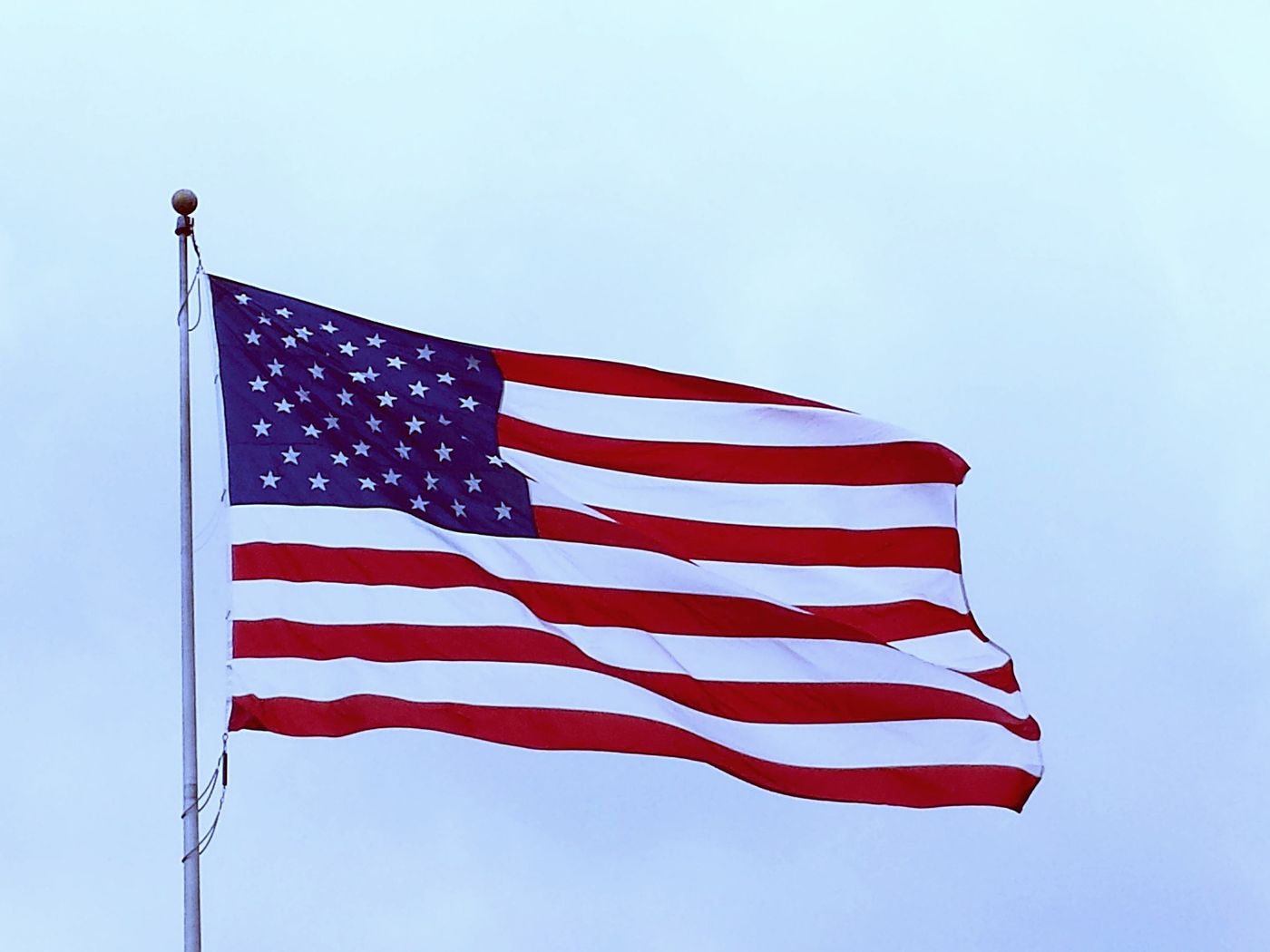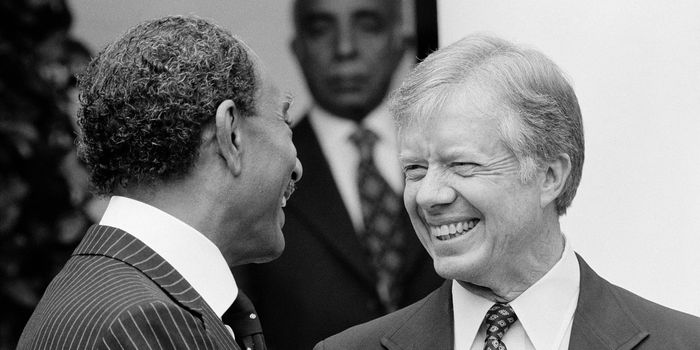Risk of Skin Cancer in the US Military
Skin cancer is the most common form of cancer. Skin cancer comes in many forms, including melanoma and non-melanoma types like basal cell carcinoma. Last week, in our article to kick off Memorial Day weekend, we discussed some of the differences between these cancers and their prognoses. Today, as we celebrate Memorial Day, we will explore what is known about skin cancer in members of the military and veterans.
Most skin cancers are basal or squamous cell skin cancer. These cancers have very low mortality rates as less than 2,000 people in the United States die per year from these cancers combined. Melanoma, an invasive form of skin cancer, typically requires more robust treatment than other skin cancers. Overall, melanoma has over a 90% survival rate; however, the stage at diagnosis largely influences prognosis.
People in certain professions experience a significant amount of exposure to the sun in their job. Individuals with outdoor jobs, such as postal and construction workers, are at an elevated risk of skin cancer. You may expect active or veteran members of the United States military also to have an occupational risk of skin cancer. Indeed, two studies comparing white active duty military personnel and the general US population found an increased rate of melanoma in those in the military. These studies also identified members of the US Air Force at higher risk of melanoma than those serving in other branches.
American military veterans stationed in the Pacific during World War II were more frequently diagnosed with basal cell or squamous cell carcinoma than their counterparts stationed throughout Europe. Further, veterans serving in the tropics were at higher risk of developing melanoma. Another study demonstrated that prisoners of war held in the Pacific during World War II were also at an elevated risk of melanoma.
Between 2014 and 2018, the US deployed over 3 million soldiers to Iraq and Afghanistan as part of the Operation Enduring Freedom and Operation Iraqi Freedom missions. Operating in Iraq and Afghanistan, these soldiers worked at more equatorial latitudes than most of the general US population.
Other reports found that soldiers did not frequently use sunscreen, even when they knew that it could help prevent skin cancer. Another study found that soldiers in Iraq and Afghanistan did not have consistent access to sunscreen.
Many studies have shown that members of the US military experience significant risk factors for skin cancers, including melanoma. In addition to the risk posed by the ultraviolet rays from the sun, additional occupational exposures such as radiation and stress could further increase the risk of skin cancer development in military cohorts.
For further reading, see our previous article discussing cancer risk and research resources for veterans.
Sources: JAMA Dermatol, Br J Dermatol, J Am Acad Dermatol (Ramani), Int J Dermatol, Annals of Epidemiol, Can Epidemiol Biomarker Prev, Mil Med (Lea), J Am Acad Dermatol (Riemenschneider), Mil Med (Parker), J Invest Dermatol









